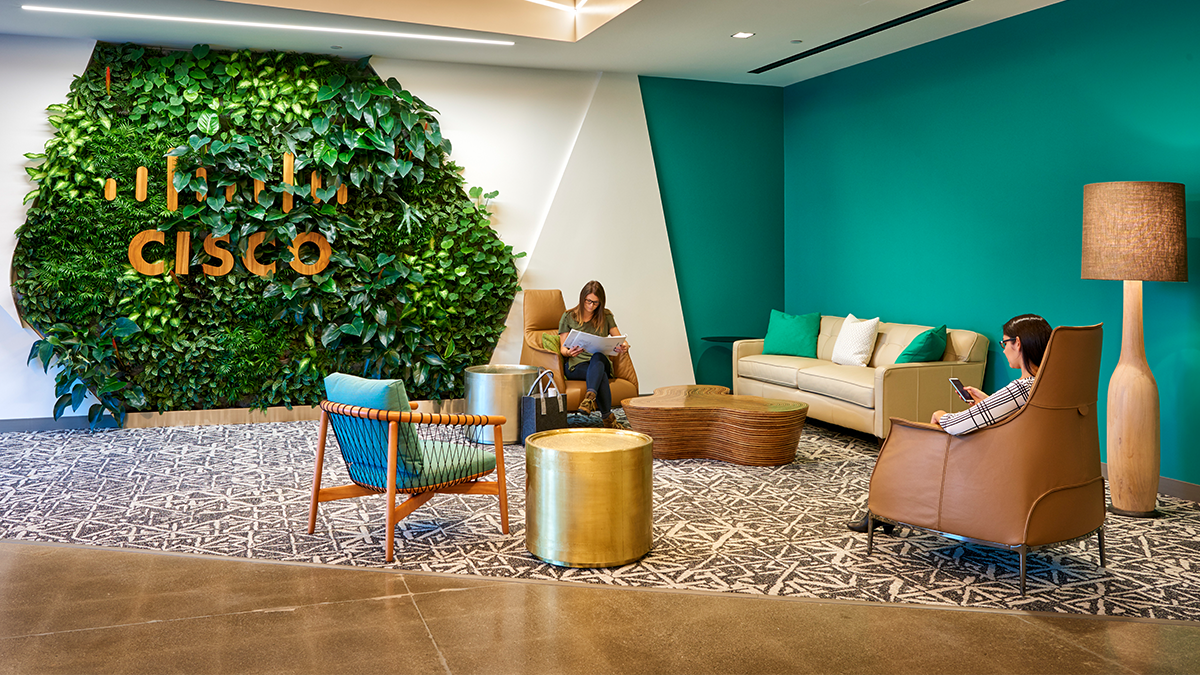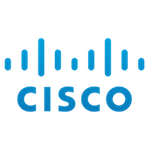Cisco's Green Buildings: Good for the Planet and Our Well-Being
By Jordan Hart-White

Earth Aware, Cisco’s month-long employee celebration of sustainability and the planet is also an opportune time to focus on green buildings. But first, what is a green building?
By definition, a green or sustainable building is a building that, because of its construction and features, can maintain or even improve the quality of life of the environment in which it is located.
Green buildings conserve resources
There are several features which can make a building green, including:
- Efficient use of energy, water, and other resources
- Use of renewable energy, such as solar energy
- Pollution and waste reduction measures, and the enabling of re-use and recycling of materials
- Good indoor environmental air quality
- Use of materials that are non-toxic, ethical, and sustainable
- Consideration of the environment in design, construction, and operation
- Consideration of the quality of life of occupants in design, construction, and operation
- A design that enables adaptation to a changing environment.
Any building can be a green building, whether it’s a home, office, school, hospital, community center, or other structure, provided it includes some of the features listed above.
Green buildings improve our quality of life
Green buildings reduce or eliminate negative environmental impacts while also creating positive impacts for both people and the environment. It is worth noting that individuals spend over 90 percent of their time indoors, so that time should be spent in the most healthy space as possible. Green buildings have been connected with employee benefits, such as mitigating stress and burnout.
Simple steps, like improving air quality, increasing natural light, and introducing greenery can also have a dramatic impact on the bottom line, by improving employee productivity and reducing absenteeism, staff turnover, and medical costs.
Typically, organizations prioritizing their employees’ wellness and environmental sustainability in the construction of their buildings will follow third-party certifications, such as LEED, WELL, BREEAM, and FitWEL. These certifications focus on tangible and quantifiable sustainability measures, like reducing the consumption of energy, water, and other resources; but also, the intangible benefits, such as making improvements to layout and noise, indoor air quality, thermal comfort, and lighting.
What is Cisco doing?
Before the pandemic, 17 percent of our real estate space was certified through a green building standard (LEED, WELL, or equivalent). Now, we are at 19.5 percent certified through a green building standard. These are great steps forward, but we are always looking for ways to do better.
While most of our employees were working from home in 2020 and 2021, Cisco decided to pursue a new green building rating called the WELL Health-Safety Rating. This new rating was developed to help organizations and businesses adopt evidence-based measures that promote the health, safety, and well-being of their occupants. It includes 22 strategies to:
- Keep spaces clean and sanitized
- Provide essential health benefits and services
- Communicate your health and safety efforts
- Help everyone prepare for an emergency
- Assess air and water quality
As of January 2022, 55 of Cisco’s largest and/or newest buildings in San Jose, Research Triangle Park (North Carolina), Chicago, New York City, Bangalore, and London were certified to this standard.
Now that our workforce is beginning to return to the office, Cisco has decided to pursue the WELL Building Standard and LEED certification for new, large building projects. By pursuing both certifications, we know our buildings will be high performing, energy efficient spaces that positively impact the people inside them.
Spotlight on NYC and Atlanta
The renovation of our office in New York City is complete. This new space is designed to achieve LEED Silver certification and includes technologies such as Power over Ethernet (POE) connected lights, desks, and blinds. The office is designed to consume seven percent less energy and 27 percent less water than the local code requires through low flow toilet/sinks and energy efficient lighting (LEDs). Our Atlanta office will be the second completed LEED and WELL certified building in our portfolio (after Chicago) and will include Cisco technology that measures indoor air quality ratings in each room, healthy break room offerings, reflection rooms, and curated exercise programming like yoga classes.
What about our headquarters in San Jose?
We know hybrid work is here to stay. We developed our first collaboration hub in San Jose as a place for people and teams to come together for meetings, events, and volunteering opportunities. The building includes features that promote employee well-being, such as massage chairs, creativity zones, and reflection rooms, combined with mental well-being offerings and curated events for teams. As an example, one team could choose honey tasting and mental health training. Another could choose a giving back activity and a yoga class. Teams can choose what they do with their time from a catalogue of options. And yes, it will be WELL building-certified as well.
In summary, we have an opportunity through our real estate to focus on more than just how our buildings perform, but also how they impact people’s well-being. We look forward to expanding our green building portfolio, to ensure that our spaces are safe, healthy, and sustainable.
Revisit Cisco’s Environmental Sustainability efforts
View original content here

